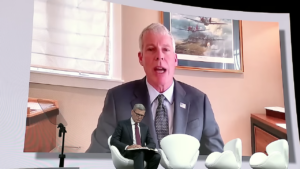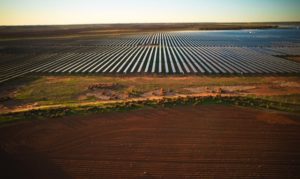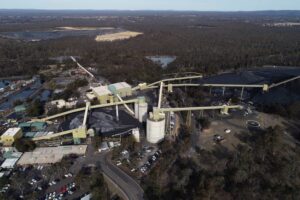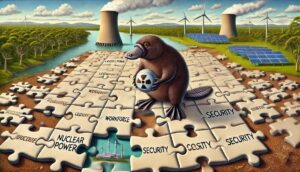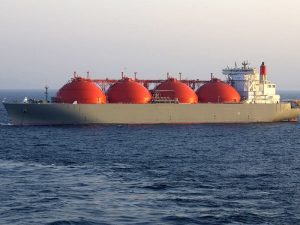The Australian Energy Market Operator says it is dealing with some 96 gigawatts of mostly wind and solar projects seeking to join the grid, but has made clear that its ability to accommodate much more new capacity will be limited if network constraints aren’t dealt with in a timely manner.
Alex Wonhas, the former CSIRO energy leader who now heads system design and engineering at AEMO, told a seminar in Sydney on Monday that 18GW of new generation was in the “feasibility” studies, while AEMO was dealing with another 78GW of enquiries in “pre-feasibility” stage.
To put those numbers in the wings in perspective, AEMO connected more than 3GW of large-scale wind and solar last year, and saw another 1.4GW of rooftop solar, which Wonhas said was the most ever in a single year. There are 50 agreements signed on generating performance standards for more than 4.2GW of projects before new rules came into place in February.
“That is nothing short of a revolution,” Wonhas says..
But how long will this rate of connection last? Already, the signs are that investment is tailing off. While a queue of projects are under construction or about to begin, new commitments are slowing down quickly.
The renewable energy target has effectively been met, removing one key incentive, although state targets do remain, and changes in pricing behaviour – such as fall in wholesale prices to zero in the middle of the day – is also having an impact on investment decisions and contract determinations.
Wonhas also pointed to the fact that connections are taking longer and are more costly than expected (such as the addition of synchronous condensers), and to declining marginal loss factors, which mean projects are getting less revenue from their output, is also a major brake on investment.
He warns of more hurdles ahead – an increase in planned outages and curtailment. “Next summer we will start to see it, new will start to curtail the output of generators because the thermal capacity of lines cannot carry that much energy.”
Wonhas re-iterated the findings of a joint AEMO-CSIRO report last year that found that renewables and storage were clearly the cheapest options to replace the fossil fuel generation that will inevitably retire in coming years and decades.
But there was a challenge in integrating them into the grid. Not so much because of the variability of the technology – “we undestand that reasonably well”, he said – but mainly because of the physical constrains of the current network.
There is not enough capacity in the areas where most of this new generation needs to be built. “We need to do more and we need to do it faster.
“We are at the point where we are struggling to connect new renewables into the system. We ned to build a system that can deal for the renewables of the future.”
AEMO’s solution is near term grid upgrades in certain regions, such as in north-west Victoria, a new link between south Australia and NSW, upgraded capacity between NSW and both Queensland and Victoria, and the creation of renewable energy zones.
Its updated Integrated System Plan, due to be released at the end of the year, will set out a 20 year blueprint under a range of different scenarios, including a likely “step change” shift to low-carbon grid, and AEMO is hoping that the rule makers and regulators get on board to facilitate the necessary infrastructure.
It was clear, however, at the seminar that there was a difference in philosophy between AEMO, which is looking at a centralised plan and building what is needed, and the Australian Energy Market Commission, which is looking at a market solution, designing new incentives and mechanisms known as a “transmission hedge” to set a price signal for more network build.
The AEMC however admitted that while that the feedback it was receiving suggested that while that may have been a nice idea when generators, such as coal-fired power stations, took eight years to build, it may be impractical when the need is pressing and when wind and solar farms might be built in a year and transmission infrastructure took three times as long.
The hold ups, delays and extra costs for connection have been hugely frustrating for most developers, who have either had to invest in new machinery, or cancel projects altogether. Legal battles have emerged between developers and contractors over delays and cost over-runs, with some going out of business and other incurring hefty losses.
Energy Estate cited uncertain about the grid connection process, while piled on top of other issues such as obtaining planning approval, negotiating power purchase agreements and obtaining finance.
“The uncertainty creates a lot of barriers to investment,” he said.
“We are at the point where we are struggling to connect new renewables into the system. We ned to build a system that can deal for the renewables of the future.”



